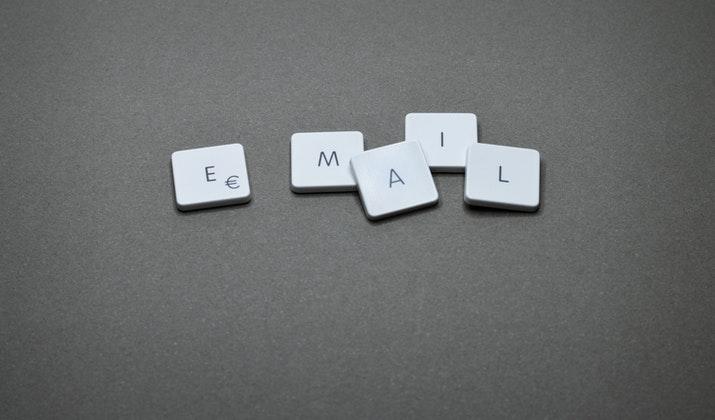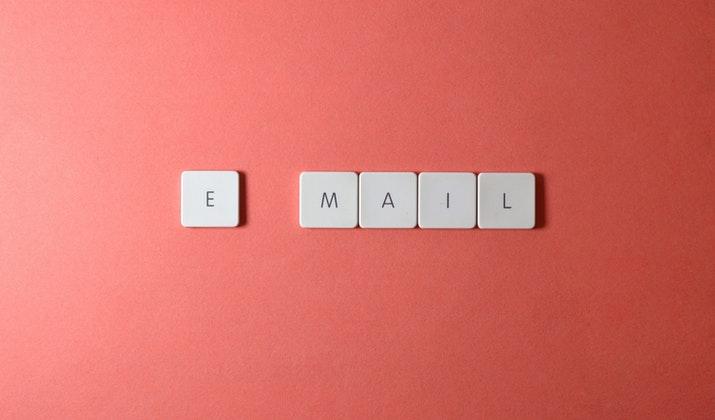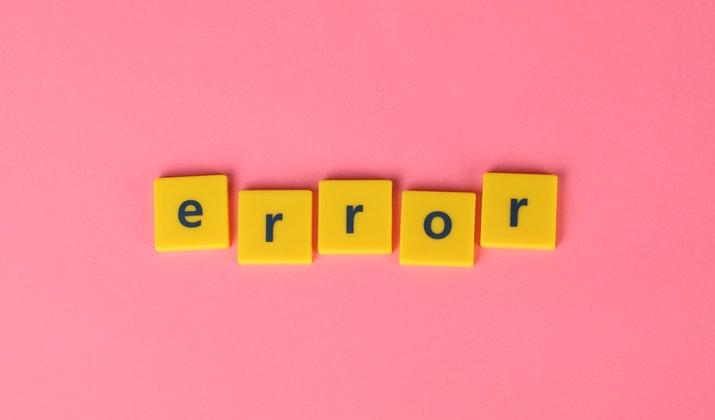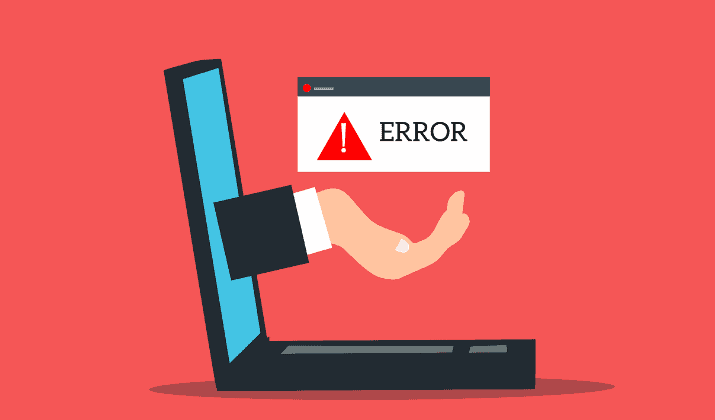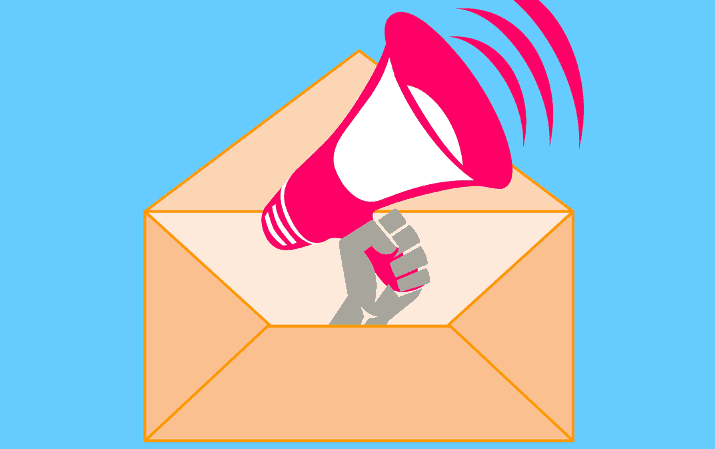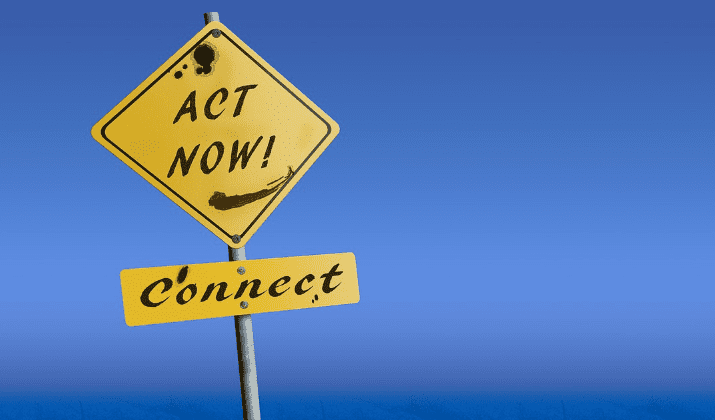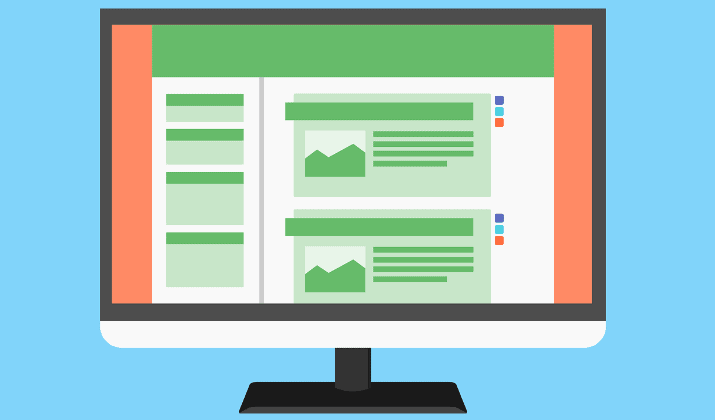When Ray Tomlinson sent the first email in 1971, no one knew it would be an essential digital marketing medium for businesses as it is today.
At the moment, about 82 percent of marketers globally use email, and email marketing worldwide revenue is expected to cross over the $10 billion mark by 2033.
However, the global marketing email open rate has an average of just 21.5 percent, according to a recent study. The average click-to-open rate is even lower at about 10.5 percent.
One of the main reasons for such poor rates is bad subject lines, one of the elements of sub-par email writing.
Many businesses and marketers are not making the most out of their mailing lists because they write second-rate emails.
In this post, you’ll find the best tips for writing an effective email.
Why It Is Essential To Write An Effective Email?
Many email marketing campaigns fail because recipients don’t understand the message. Recipients can easily misunderstand your message when you’re not concise.
The more customers that don’t understand your message, the more leads you’ll lose. On the other hand, if your message is easily understandable to your customers, you’ll build a good relationship.
Effective email writing helps you deliver your message crystal clear to avoid misunderstandings.
Also, knowing how to write effective emails will save you time. You’ll spend less time writing a clear, concise marketing email than writing a lengthy, opaque one.
Effective email writing is an invaluable skill if you work in a position where you have to reply to multiple emails per day. You’ll be able to respond fast, which shows the recipients that you value their time.
Furthermore, the quality of your emails reflects how professional you are as a business or individual marketer.
If your recipients always find your emails ineffectual, you might appear to be an inexperienced business or marketer.
Best Tips For Writing An Effective Email
Now that you know why it’s important, here are the top 15 tips for writing an effective email:
1. Plan Your Email Message
Photo by Muhammad Ribkhan via Pixabay
Most people don’t invest time in planning what they want to write in their emails. They launch their browsers, load their email box, and start composing. However, even the tiniest message requires planning.
Before anything else, you should be clear on what you want to write and what you want to happen when the recipient reads your email.
If the goal of your email is expansive, you can try breaking it down into subsets. In some cases, it’ll be more effective to write a series of follow-up emails than to throw everything into one email.
Furthermore, when you know what you want to write about, you’ll discover if you have all the information you need to pass along the message.
For example, suppose you’re writing an email to encourage customers to use your product instead of your competitor’s.
You may need to research more to understand the market and the various competing products available. That way, you could find some pain points customers suffer.
If your product eliminates these pain points, you can make your emails more effective by explaining how.
2. Consider The Recipient
Photo by Talha Khalil via Pixabay
People are different in a lot of ways. What one person values and finds motivating is different from another. Likewise, recipients react to your email in different ways.
Your email will be more effective if you anticipate the recipients’ reactions. One of the golden rules of business writing is to have someone specific in mind instead of writing to anyone or everyone.
It’s like pitching to a client or customer in person. Your follow-up responses will depend on their reactions as you converse.
With email writing – and written communication in general – there are no in-person clues. Therefore, for your message to be effective, you must play both sender and reader. It’s not very difficult.
You can do it by creating a profile for your typical recipient. Consider factors like age, sex, social status, occupation, education, interests, priorities, etc.
Note that not all factors matter. The main factors to consider will depend on the message you want to get across. If your message is simple, identifying the main factors will be easy.
3. Pick The Best Perspective
Photo by Alexandra_Koch via Pixabay
Now, you know what you want to write about, and you have an idea of how your recipient could react. How do you write the message?
If, for instance, you’re writing an email to inform your customers about a new product you plan to launch.
Do you write about how they’ll benefit from using the product? Or about the work your company put in to create it? Or how much better it is than other products on the market?
Knowing your audience and what you want to write about should make this third tip easy to work around. Ideally, your perspective should be one that best parades your message.
For example, if you decide to tell customers how they’ll benefit from using the product, you’ll have to provide proof for your email to be effective. Otherwise, customers may find it difficult to believe.
Similarly, if you decide to tell customers how much better it is than other products on the market, your email will be more effective if you cite some comparisons – similarities and differences.
4. Use The Best Email Subject
Photo by MockupEditor via Pexels
Your subject is the first part of your email a recipient will read. It’s the highlight when they get the email notification on their phone and their mail inbox. It could make or break the entire email.
Your subject line could instill a sense of urgency or make your recipient curious. It could also tell a story or specifically acknowledge the recipient.
Whichever route you choose, make sure you keep things short and sweet. If your subject is too long, some parts will be cut off, especially on mobile devices.
A popular method of writing subject lines is to begin with action-oriented verbs, similar to calls to action.
For instance, if you’re introducing new services, your subject line may be:
“New solutions added to our services.”
However, that’ll have less of an effect than this:
“Try out our new solutions now.”
The latter, with the verb “try,” is more click-worthy and inviting.
Furthermore, avoid giving away all the information in the email subject. If your recipients can get all the details from the email subject, why should they read the email body?
5. Start With The Most Important Message
Photo by Tatiana Syrikova via Pexels
Effective emails have the rare potential to connect instantly with readers.
Most people build up to the main message with one or two forerunning paragraphs. It works sometimes, but most of the time, readers don’t have the luxury of waiting.
Therefore, the opening paragraph of your email must reference your main message. It’s the best way to hook your readers.
If you’re informing customers of new services you offer, for example, you may start your email with:
As you are aware, our company is constantly looking out for ways to improve and serve you better. As part of our plan earlier this year to make it easier for customers to migrate, we’re adding the ABC and XYZ solutions as part of our services.
However, it sounds like you’re eulogizing your company rather than introducing new services. You can draw your readers’ attention better with something like this:
We’re launching the ABC and XYZ solutions as part of our services! These new services will make it easier for you to migrate.
We’re happy to be able to launch these solutions at this time as part of our goal to always look out for ways to improve and serve you better.
6. Use The Right Tone
Photo by Miguel Á. Padriñán via Pexels
As mentioned earlier, there are no in-person clues with emails. Similarly, there’s no tone of voice. However, writing has its own tone, and it’s crucial that you use the right one.
You must be conscious of your tone as you draft your email and consistently control it to align with your objectives.
If you’re informing customers about an upcoming promo or discounted products, it’s customary to sound upbeat and hopeful.
However, if you’re informing a client about an increase in service price, you don’t want to sound too delighted, as if you’re happy they’ll be spending more.
Importantly, use simple words. You’re not trying to impress your recipient with your vocabulary but pass on a message.
Generally, you should leave out irony and sarcasm. Readers can easily miss them and take you literally. Only use such figures of speech if you’re sure your readers will understand them.
While you should be mindful of your tone, you must still maintain authenticity. Your email will be more effective if you’re honest and unpretentious.
7. Personalize Your Message
Photo by Karolina Grabowska via Pexels
Opening your email with “Hello customer” will have a lesser effect than if you open it using the customer’s name, “Hello Dave!”
Statistics show that emails with personalized subject lines are 26 percent more likely to be opened. Also, about 90 percent of customers are more likely to transact with companies that provide offers that are directly relevant to them.
These are just a few reasons why personalization is effective, not just in email writing but in business writing generally.
One of the easiest ways to personalize emails, as referenced earlier, is to address the recipient by their name. Then, use the pronouns “I,” “you,” “we,” “our,” etc.
Email personalization is easier when you segment your email list. You can segment your list based on location, gender, interests, income, and where they are in the customer’s journey.
If you’re sending emails to many recipients, there are tools to help with segmentation. Mailchimp, Campaign Monitor, and Sendinblue are some examples.
8. Be Concise With Your Message
Photo by Taryn Elliott via Pexels
Lengthy and wordy emails are usually redundant. A redundant email will not be an effective one. Your recipients may miss or misunderstand your message when there’s too much to take in.
As a result, making sure your email is concise is invaluable. An ideal way is by eliminating worldliness.
You can do this by writing in active forms rather than in passive ones. Writing in active email form is not just shorter, but it also makes the message comprehensible without much effort.
When writing pitch emails, most marketers make the mistake of focusing on features rather than benefits.
Emphasizing more on features – what a product or service can do – can be oblique. Instead, direct your email recipients by exposing the benefits – how the product can help them.
Furthermore, you should stick to the point. Already, you know what you want to write, how your recipient could respond, and your perspective.
These details should be enough. Avoid adding extraneous information that your recipient doesn’t need to know. You can deliver that in subsequent emails.
9. Format Properly
Photo by Miguel Á. Padriñán via Pexels
Formatting has a noticeable impact on delivery. You could use the right words and everything else, yet no one will read your email because of bad formatting.
Poor formatting makes reading impossible. On the other hand, proper formatting makes reading effortless.
When formatting your emails, consider the devices your recipients use. People use all kinds of devices, and what might appear perfect on one screen might be distorted on another.
Generally, it’s best to type your message directly into the compose page. You can always save your email draft and continue later.
Avoid copying and pasting your text from other word processing apps like MS Word. If you must write your email on a different app, use a plain text app like Notepad on Windows.
Use fonts and font sizes that are easy to read. Keep your paragraphs short and use the right capitalization style. These little details show your level of professionalism.
Furthermore, use bullets and numbers to highlight points to make them easy to spot. You can also use subheadings so readers can get the main points without reading everything.
10. Avoid Spelling And Grammar Errors
Photo by Ann H via Pexels
Spelling and grammar go hand in hand with proper formatting. A spelling or grammar mistake can make readers misunderstand your email message. Even if they get the point, the message becomes less credible.
Punctuation, especially with periods and commas, is where most people get it wrong. To make things easier, use short sentences to avoid using many commas. Short sentences are also easy to read.
You can use free spell checkers to check for spelling and grammatical errors. Grammarly is a popular option to try.
You can install the Grammarly extension in your browser, and it’ll scan for spelling and grammar errors on the go as you write your emails.
Some email services (Gmail, for example) also feature built-in spell checkers.
Sometimes, errors transcend words and letters. If you’re reporting numbers in your email, for example, wrong calculations are also errors you should avoid.
11. Avoid Inappropriate Words
Photo by Mohamed Hassan via Pixabay
Foul or obscene words should have no place in your emails or other business communications.
Most of the time, this happens when you’re replying to an email in anger or disagreement. Maybe you’re trying to persuade a challenging customer or a nonchalant client.
In such situations, you must leave out the emotions, and there are ways to disagree professionally.
Ultimately, you want the recipient to accept your opinion and perhaps recognize their mistake. In other words, you want your email to be effective.
Aside from that, using inappropriate words can give a wrong impression in normal circumstances.
Say you’re emailing a client to secure a meeting. It’d be wrong to say:
“Would it be possible to meet on Wednesday to kind of go over the details?”
The phrase “kind of” is inappropriate. Your email will read better if you leave it out.
Other examples include using “thanks” instead of “thank you,” using “hopefully” when you should be confident, and responding to queries with “yes,” “no,” and “OK” when you can explain better.
12. Add The Right Images
Photo by Tumisu via Pixabay
Images are indispensable in marketing as they communicate messages faster and are memorable. It can be the icing on the cake if you use them properly.
If you use images in your emails, they must be relevant to your message. They should also be creative and in line with your brand identity.
An ideal format to go with is featuring one image in your email’s header, body, and footer.
The header image should feature your brand identity, the body image should relate to your message, and the footer image to your CTA (if there’s one).
You can also use animated images, like GIFs, and sometimes skip the text entirely with infographics.
When using images in your emails, be mindful of the file size and type. They’ll be less effective if they don’t display well on your reader’s device. You can send test emails to confirm responsiveness.
13. Use A Persuasive CTA
Photo by Jan Alexander via Pixabay
An effective email should have an effective CTA. Most people just highlight their calls to action with bright and large buttons. However, that doesn’t always work as a CTA is more than a “button.”
Your CTA should clearly state what you want your recipient to do, but tactfully. Also, where you place your CTA should align with the progression of your message.
Therefore, if you want your readers to take action, your message should, from the onset, build up the CTA.
Typically, you may want readers to make a purchase, download content, find out more about something, or sign up for an account.
You should avoid using plain and overused calls to action like Read More, Learn More, Click Here, Download, Sign Up, Buy Now, etc.
Instead of “Learn More,” you can use “Discover More.” Instead of “Sign Up,” you can use “Let’s Begin.”
14. Revise And Proofread
Photo by PDPics via Pixabay
No matter how careful and mindful you are throughout the email writing process, it’s always important to revise and proofread before you hit “Send.”
When you hit the Send button, you can’t take your message back, and any misinformation lowers its effectiveness.
Notably, you must revise specific details, including names, contact details, dates, URLs, media files, attachments, etc., if your email contains them.
Overall, consider your recipients again and decide if the email best conveys your message. Read the email to yourself and see if you can make a few changes to improve your tone and delivery.
15. Use Professional Email Templates
Photo by 200 Degrees via Pixabay
Knowing how to craft effective emails yourself is an advantage and something you should learn how to do. However, you don’t always have to do it from scratch. You can use pre-made professional email templates.
Using professional email templates is most recommended if you’re rolling out an email campaign. They save you the stress of rewriting each email.
You can use a particular template multiple times. You only need to customize and personalize according to the recipient and your objective.
As a result, using templates is ideal for maintaining brand consistency. Customers will easily associate your brand with a particular email style.
Furthermore, with email templates, you’ll worry less about formatting. Professional templates are optimized to display intuitively on different device types. They reduce human error.
You can get professional email templates from different sources online. While some are free, others are premium.
Bottom Line
Writing an effective email involves more than just striking keys on your keyboard. It’s a skill that must be learned, just like any other.
You have to plan and consider different factors before you start writing. But it doesn’t have to be strenuous. You can make light work of it by following the fifteen tips discussed in this post.
Tom loves to write on technology, e-commerce & internet marketing.
Tom has been a full-time internet marketer for two decades now, earning millions of dollars while living life on his own terms. Along the way, he’s also coached thousands of other people to success.





